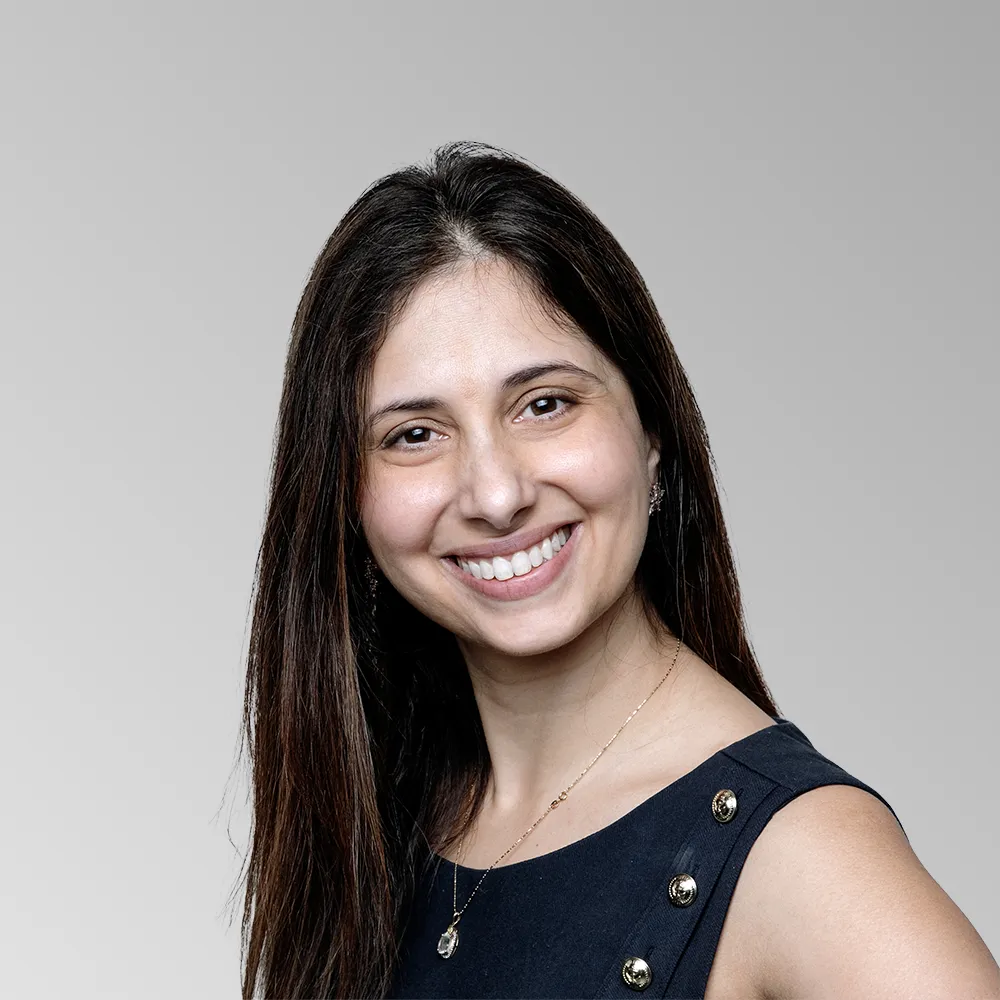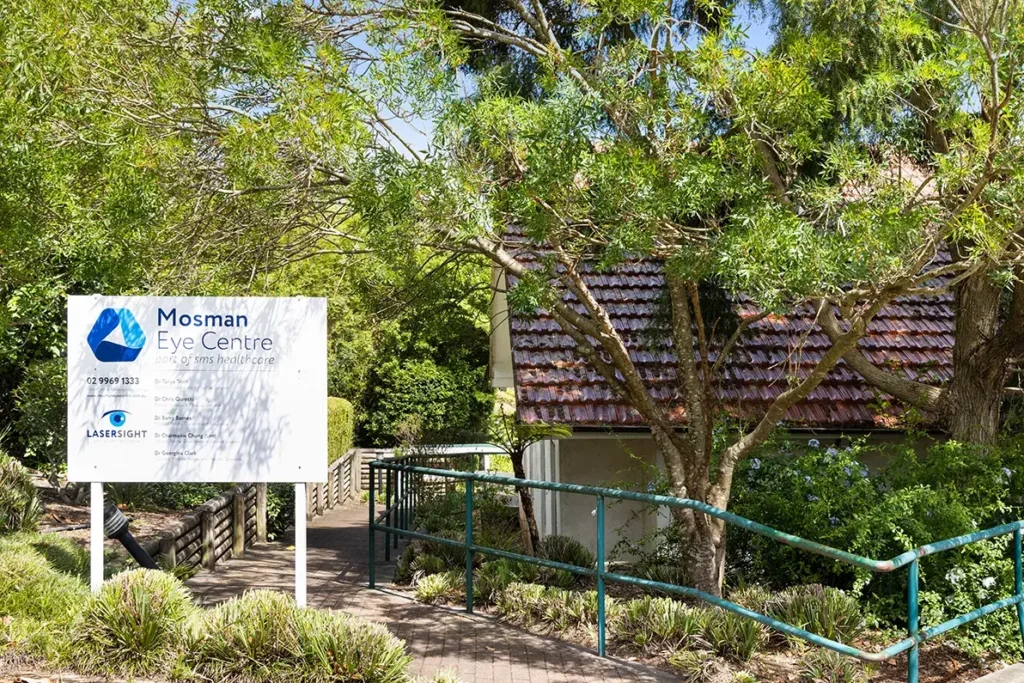The region around our eyes is perhaps the most visually significant part of the face. This intensely expressive area is central to projecting our mood and when we make eye contact it is the first area that we notice.
Age-related changes affect the eyelids and the surrounding region, altering our appearance and sometimes how people perceive our mood. Redundant skin of the upper lids can also interfere with one’s vision.
Our eyelids have multiple functions necessary to maintain comfortable and healthy eyes and good vision. Eyelids have characteristics that are related to racial background but also vary from person to person. It is important to understand the aesthetic relation of a person’s eyelids and face to ensure this harmony is not altered but rather enhanced.
Eyelids have seven layers each with its own function. When operating on the eyelid it is critical to understand the role of each layer as well as being familiar with the function and protective mechanisms of the eye.
Surgery in patients who have had prior trauma or eyelid surgery, re-do surgery, is always more challenging and must be approached with careful consideration. Some patients may have had skin cancers removed that have either recurred or which were not fully excised at the initial procedure.
Other patients may have had surgery of the eyelids or surrounding areas that has resulted in an unsatisfactory change in the position or contour of the eyelids.
What are the symptoms?
Prior surgery or trauma can lead to multiple problems including asymmetry of eyelid height or contour, malposition of the eyelid (turning inwards “entropion”, or drooping outwards “ectropion”) or an inability to close one’s eye. These problems can lead to irritation of the eye, tearing, visual disruption, mucus discharge or potentially scarring of the cornea and loss of vision.
Treatments:
May include:
- Surgically altering the position of the eyelid tendons
- Excising scar tissue
- Placing grafts (skin, hard palate, ear cartilage etc)
- Moving tissue from one position to another (tissues flaps)





